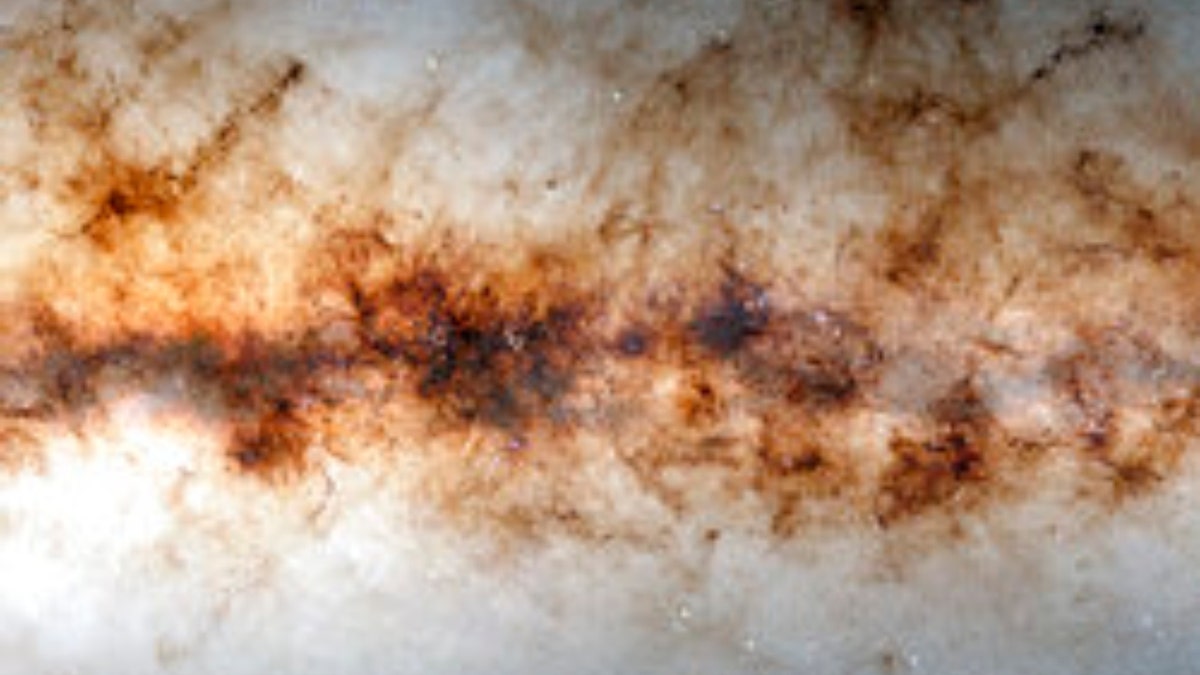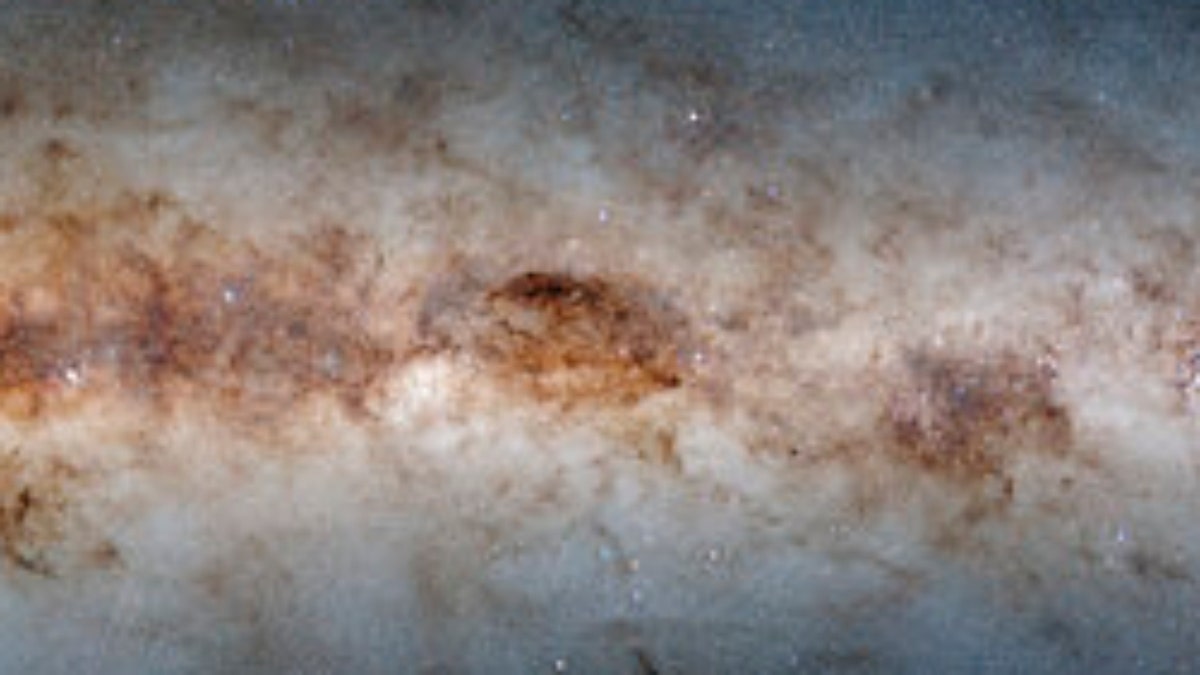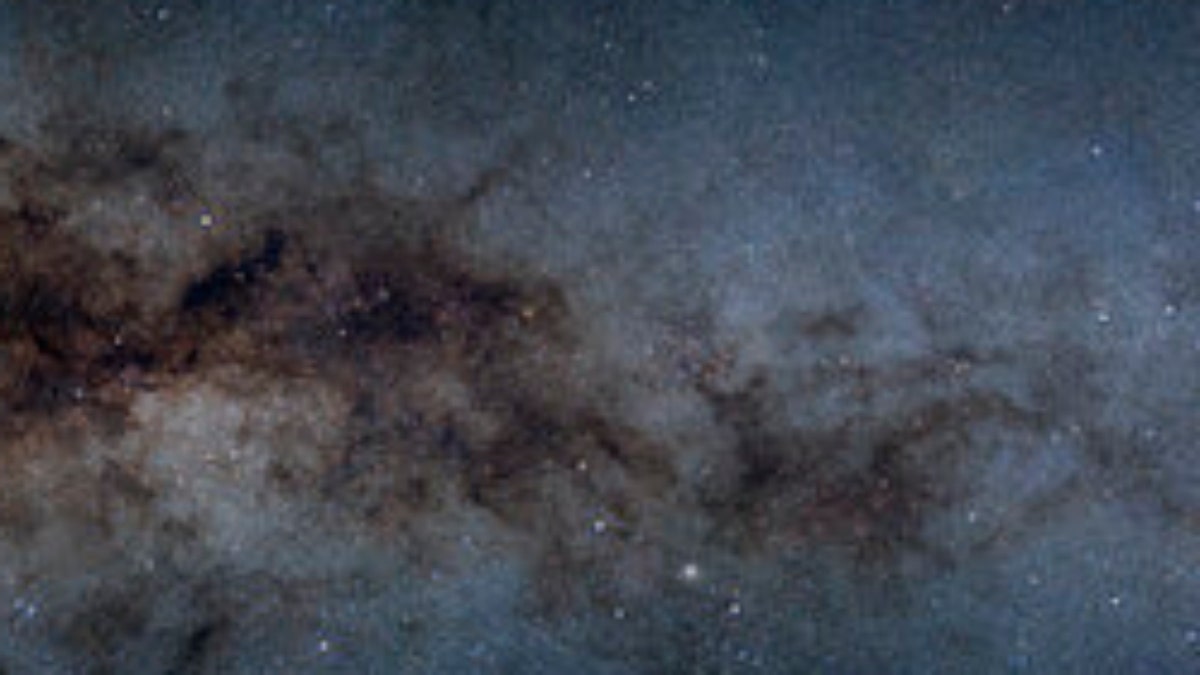Webb Space Telescope allows us to 'look into the past': Theoretical physicist
Theoretical physicist Dr. Michio Kaku explains the significance of new images provided by NASA's Webb Space Telescope on 'Sunday Night in America.'
Astronomers have captured more than 3 billion stars and galaxies in one of the biggest surveys of the galactic plane of the Milky Way.
In a Wednesday release, the Harvard & Smithsonian's Center for Astrophysics noted that the panorama, which focuses on the Southern Hemisphere sky also captured, a central bulge of bright blue stars containing the supermassive black hole Sagittarius A*.
The image was taken by the Dark Energy Camera on the Víctor M. Blanco 4-meter Telescope at the Cerro Tololo Inter-American Observatory in Chile, which made the observations over two years.
"This is quite a technical feat. Imagine a group photo of over three billion people and every single individual is recognizable!" Debra Fischer, division director of Astronomical Sciences at NSF, said. "Astronomers will be poring over this detailed portrait of more than three billion stars in the Milky Way for decades to come. This is a fantastic example of what partnerships across federal agencies can achieve."
The data used to create the survey – taken at optical and near-infrared wavelengths – originates from the second release of the Dark Energy Camera Plane Survey and was described in The Astrophysical Journal Supplement.

The lefthand side of the image made available by the National Science Foundation's NOIRLab in January 2023 shows the galactic plane of the Milky Way galaxy. ((DECaPS2/DOE/FNAL/DECam/CTIO/NOIRLab/NSF/AURA, M. Zamani & D. de Martin via AP))
"One of the main reasons for the success of DECaPS2 is that we simply pointed at a region with an extraordinarily high density of stars and were careful about identifying sources that appear nearly on top of each other," Andrew Saydjari, a researcher at the Center for Astrophysics | Harvard & Smithsonian, and the lead author of the paper, said. "Doing so allowed us to produce the largest catalog ever from a single camera, in terms of the number of objects observed."
The new data, combined with some released in 2017, that cataloged 2 billion celestial objects, now covers 6.5% of the night sky.
"With this new survey, we can map the three-dimensional structure of the Milky Way's stars and dust in unprecedented detail," Edward Schlafly, a co-author of the paper describing DECaPS2 published in The Astrophysical Journal Supplement, said.

The center of the image made available by the National Science Foundation's NOIRLab in January 2023 shows the galactic plane of the Milky Way galaxy. ((DECaPS2/DOE/FNAL/DECam/CTIO/NOIRLab/NSF/AURA, M. Zamani & D. de Martin via AP))
REPORTED 1945 UFO SIGHTING TO BE INVESTIGATED BY US GOVERNMENT: 'ROSWELL BEFORE ROSWELL'
The survey identified 3.32 billion objects from over 21,400 individual exposures over around 260 hours of observations.
By observing at near-infrared wavelengths, the researchers were able to see past light-absorbing dust and they also used an innovative data-processing approach which allowed them to better predict the background behind each star.

The righthand side of the image made available by the National Science Foundation's NOIRLab in January 2023 shows the galactic plane of the Milky Way galaxy. ((DECaPS2/DOE/FNAL/DECam/CTIO/NOIRLab/NSF/AURA, M. Zamani & D. de Martin via AP))
The count also includes small, distant galaxies that may have been mistaken as individual stars.
CLICK HERE TO GET THE FOX NEWS APP
The Associated Press contributed to this report.


